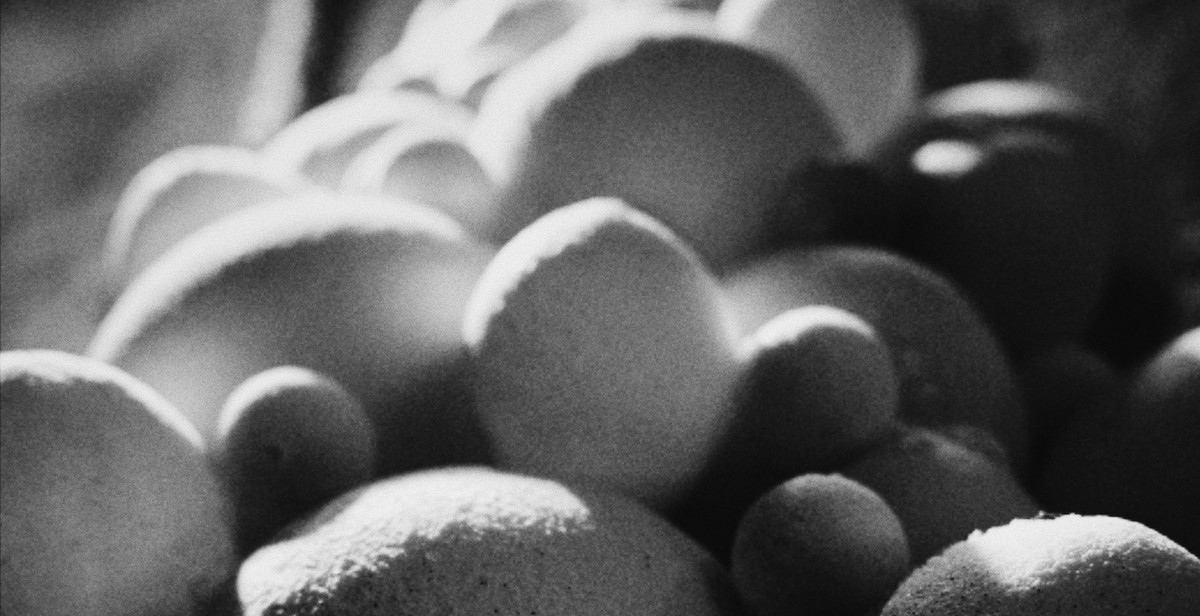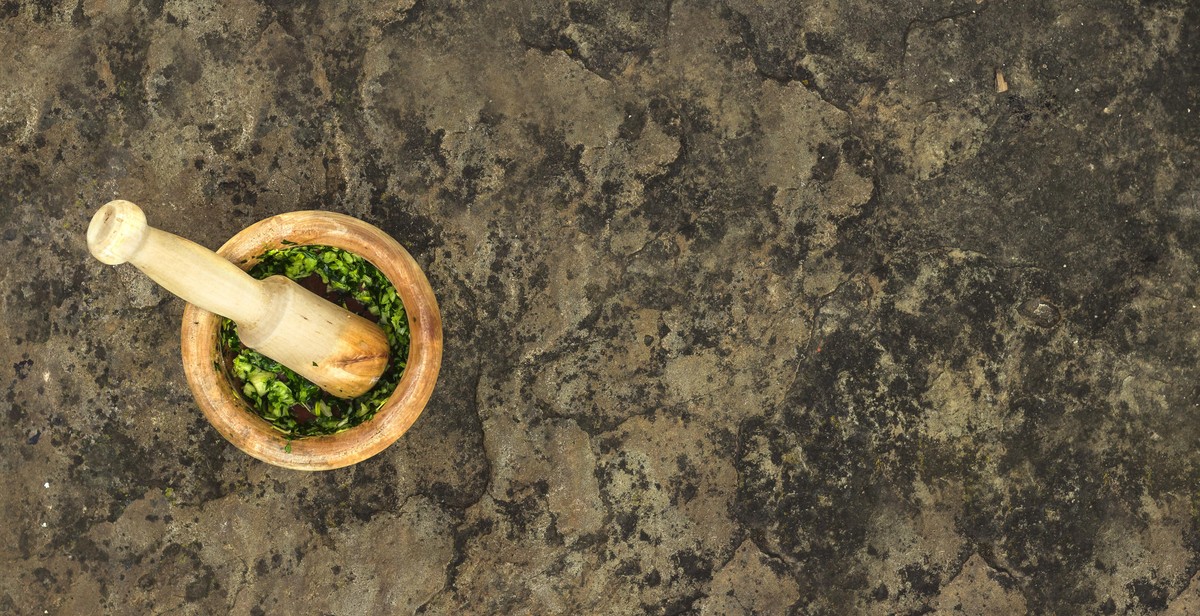How to Make Delicious Homemade Vegan Pesto
If you are a vegan or simply want to try something new, you might be wondering what vegan pesto is and why you should make it at home. Pesto is a classic Italian sauce made with basil, garlic, pine nuts, olive oil, and Parmesan cheese. However, vegan pesto is made without cheese and sometimes without nuts, making it a healthier and more ethical alternative.
What is Vegan Pesto?
Vegan pesto is a delicious sauce made with fresh basil, garlic, olive oil, and nutritional yeast instead of cheese. Nutritional yeast gives the sauce a cheesy flavor and adds some extra nutrients, making it a great choice for vegans and anyone who wants to reduce their dairy intake. Vegan pesto is also often made without pine nuts, which can be expensive and hard to find, and instead uses other nuts or seeds like almonds, cashews, or sunflower seeds.
Why Make Homemade Vegan Pesto?
Homemade vegan pesto is not only healthier and more ethical than traditional pesto, but it is also incredibly easy to make and can be customized to your liking. By making your own pesto, you can control the quality of the ingredients and adjust the flavor to your liking. Plus, homemade pesto is always fresher and more flavorful than store-bought versions, and you can make it in large batches to use in a variety of dishes.
Overall, making delicious homemade vegan pesto is a great way to add some variety to your meals and experiment with new flavors and ingredients. In the following sections, we will guide you through the steps of making your own vegan pesto at home and provide some tips and tricks for getting the perfect flavor and texture.

Ingredients for Homemade Vegan Pesto
If you’re a fan of Italian cuisine, you’re probably familiar with pesto. This delicious sauce is a staple in many Italian dishes, but it’s not just for pasta. Pesto can be used as a marinade, a dip, or even as a spread on sandwiches. If you’re a vegan, you might think that pesto is off-limits because of the cheese. However, with a few simple substitutions, you can make a delicious vegan pesto that’s just as good as the traditional version.
Here are the ingredients you’ll need:
| Ingredient | Amount |
| Fresh basil leaves | 2 cups |
| Garlic | 2 cloves |
| Pine nuts | 1/2 cup |
| Nutritional yeast | 1/4 cup |
| Olive oil | 1/2 cup |
| Salt and pepper | To taste |
Instructions:
Start by washing the basil leaves and patting them dry with a paper towel. Next, peel the garlic cloves and remove any green sprouts. Add the basil leaves, garlic, pine nuts, and nutritional yeast to a food processor. Pulse the mixture until it’s finely chopped.
While the food processor is running, slowly pour in the olive oil. Continue processing until the mixture is smooth. Finally, add salt and pepper to taste.
Your homemade vegan pesto is now ready to use. You can store it in an airtight container in the fridge for up to a week. Use it as a sauce for pasta, a marinade for tofu or vegetables, or as a dip for crackers or vegetables. Enjoy!

Instructions: How to Make Delicious Homemade Vegan Pesto
Vegan pesto is a delicious and healthy alternative to traditional pesto. It can be used in a variety of dishes, from pasta to sandwiches, and is easy to make at home. Follow these simple steps to create your own homemade vegan pesto.
Step 1: Toast the Pine Nuts
Begin by toasting the pine nuts in a dry skillet over medium heat. Stir frequently until they are golden brown and fragrant. Remove from heat and set aside to cool.
Step 2: Blend the Basil and Garlic
In a food processor or blender, combine the fresh basil leaves and garlic. Pulse until the ingredients are finely chopped.
Step 3: Add the Pine Nuts and Nutritional Yeast
Add the toasted pine nuts and nutritional yeast to the food processor. Pulse until the ingredients are well combined.
Step 4: Slowly Add the Olive Oil
With the food processor running, slowly pour in the olive oil. Continue blending until the pesto is smooth and creamy.
Step 5: Season with Salt and Pepper
Taste the pesto and season with salt and pepper as needed. Add more nutritional yeast or pine nuts if desired.
Step 6: Store and Enjoy
Transfer the pesto to a jar or airtight container and store in the refrigerator for up to one week. Use it as a delicious and healthy spread on sandwiches, or as a sauce for pasta dishes. Enjoy!

Variations
While classic basil pesto is delicious, there are so many other variations of pesto that you can make at home. Here are a few of our favorites:
Spinach Pesto
If you’re looking for a milder flavor, spinach pesto is a great choice. It’s also a great way to sneak some extra greens into your diet. To make spinach pesto, simply substitute the basil for spinach in the recipe above. You can also add a handful of fresh parsley for extra flavor.
Kale and Walnut Pesto
Kale and walnut pesto is a great way to add some heart-healthy omega-3s to your diet. To make this variation, substitute the basil for kale and the pine nuts for walnuts. You can also add a clove of garlic and a squeeze of lemon juice for extra flavor.
Roasted Red Pepper and Almond Pesto
If you’re looking for a pesto with a little more depth of flavor, try roasted red pepper and almond pesto. To make this variation, roast a red pepper in the oven until the skin is charred and blackened. Let it cool, then remove the skin and seeds. Add the roasted red pepper to the food processor with the rest of the ingredients, substituting the pine nuts for almonds. You can also add a pinch of smoked paprika for extra flavor.
| Variation | Substitutions |
|---|---|
| Spinach Pesto | Substitute basil for spinach |
| Kale and Walnut Pesto | Substitute basil for kale and pine nuts for walnuts |
| Roasted Red Pepper and Almond Pesto | Substitute pine nuts for almonds and add roasted red pepper and smoked paprika |

Conclusion
Making delicious homemade vegan pesto is easy and enjoyable, and it allows you to control the ingredients and customize the taste to your liking. Whether you prefer a classic basil pesto or a creative twist with different herbs, nuts, and spices, the possibilities are endless.
Remember to use high-quality and fresh ingredients, such as organic herbs, garlic, nuts, and olive oil, to ensure the best flavor and nutrition. You can also experiment with different types of vegan cheese, such as nutritional yeast or cashew cheese, to add creaminess and umami to your pesto.
When storing your vegan pesto, make sure to keep it in an airtight container in the fridge for up to a week or freeze it for longer-term storage. You can also use it in various dishes, such as pasta, sandwiches, salads, or as a dip or marinade.
By making your own vegan pesto, you not only save money and reduce waste but also promote a healthier and more sustainable lifestyle. You can also share your pesto with friends and family and inspire them to try new plant-based recipes.
Key Takeaways
- Making homemade vegan pesto is easy, fun, and customizable.
- Use fresh and high-quality ingredients for the best flavor and nutrition.
- Experiment with different herbs, nuts, and vegan cheese for variety.
- Store your pesto in an airtight container in the fridge or freezer.
- Use your vegan pesto in various dishes and promote a healthier and more sustainable lifestyle.
| Article written by: | Your Name |
| Date: | Month Day, Year |
| Website: | www.yourwebsite.com |
